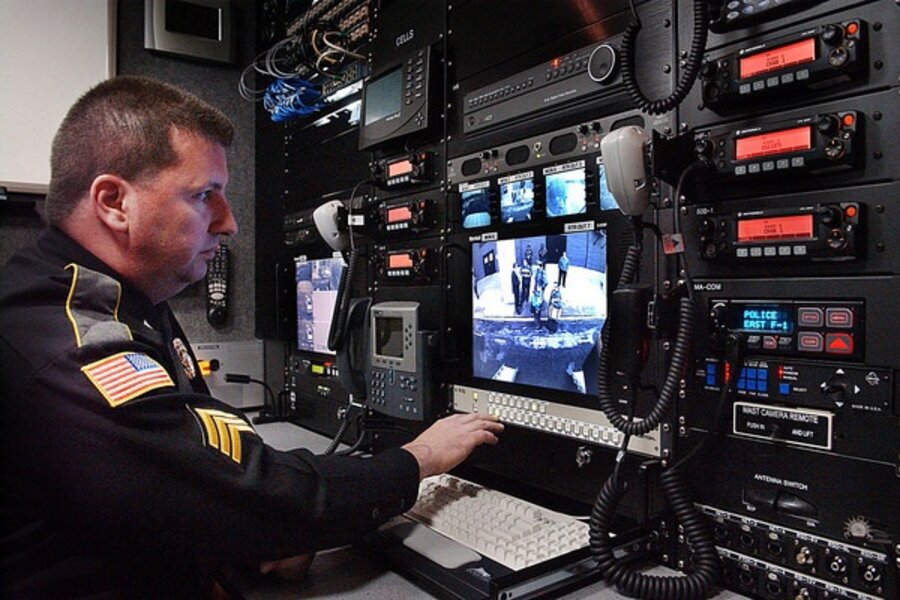Heinrich Rudolf Hertz didn't know the spark he ignited
Loading...
From a modern perspective, it's difficult to fathom how the first person to demonstrate the existence of electromagnetic waves didn't understand the implications of his discovery.
In the late 1880s, Heinrich Rudolf Hertz was teaching at Karlsruhe Polytechnic in Berlin when he first produced electromagnetic waves and measured their wavelengths and velocity. He wrote of the experiment, "In a perfectly dark room [the sparks] are visible to an eye which has been well rested in the dark," according to a 1957 Scientific American article.
His students wanted to understand the applications of his discovery, but Hertz told them, "It's of no use whatsoever." He felt that his experiment was merely an exercise to demonstrate the accuracy of previous calculations of the Scottish physicist James Clerk Maxwell.
Though Hertz himself didn't view his work as important, it didn't take long for others to realize its significance. "Three years ago, electromagnetic waves were nowhere. Shortly afterward, they were everywhere," said Sir Oliver Heaviside, an English mathematical physicist, in 1891.
Hertz's discovery sparked (pardon the pun) a race to turn this new understanding of electromagnetic waves into a device for communication.
In 1896, Guglielmo Marconi received the world's first patent for his system of wireless telegraphy. In 1898, Ferdinand Braun began attempting to transmit Morse signals through water with high-frequency currents. With time, he became one of the first to send electric waves in definite directions. Braun and Marconi shared the 1909 Nobel Prize for Physics, "in recognition of their contributions to the development of wireless telegraphy."
One biography of Hertz states, "A lecture to professional colleagues in the autumn of 1889 in Heidelberg can be seen as the "birth" of radio and sound film." Without realizing it, Hertz was able to make a discovery that has had ripple effects ever since.
Though he died in 1894, before he himself could appreciate the impact of his work, Hertz has been honored in many ways since. The base unit of frequency – one cycle per second – is named for him. So is the radio telecommunication tower in Hamburg. In addition, many countries have honored him by including his face on their postage stamps. And of course, on the 155th anniversary of his birth, February 22, 2012, Google honored Hertz with a doodle.
For more science and tech news, follow us on Twitter @venturenaut. And don’t forget to sign up for the weekly BizTech newsletter.







